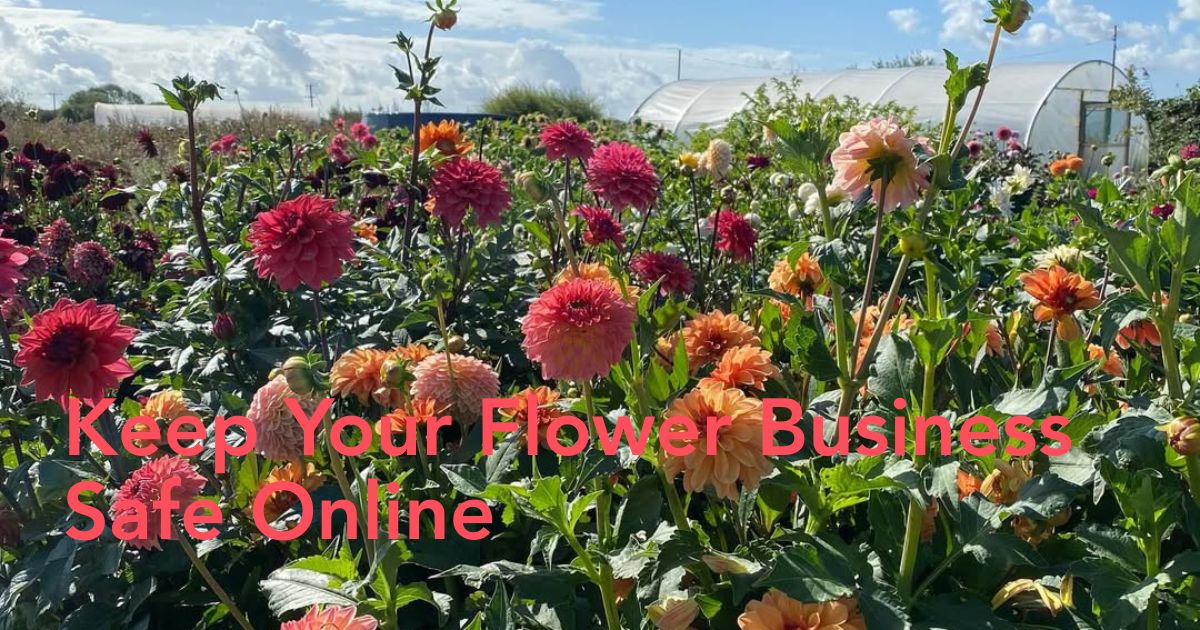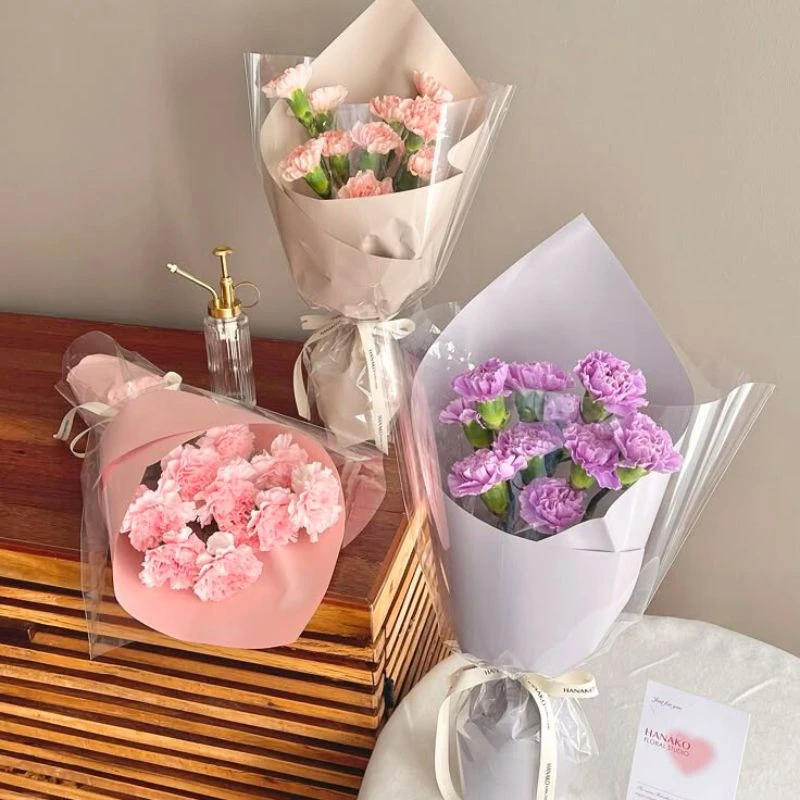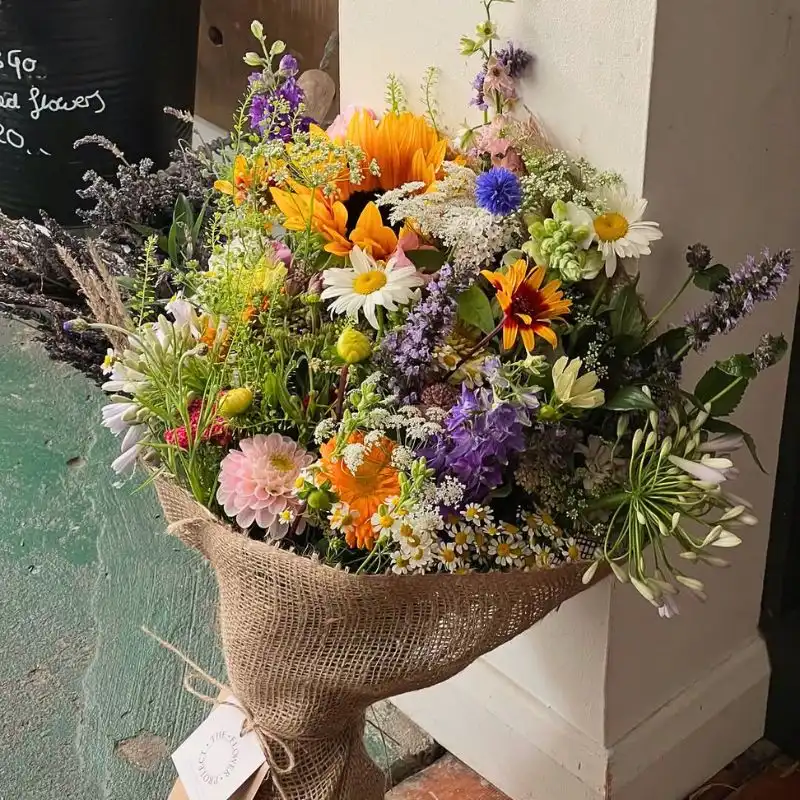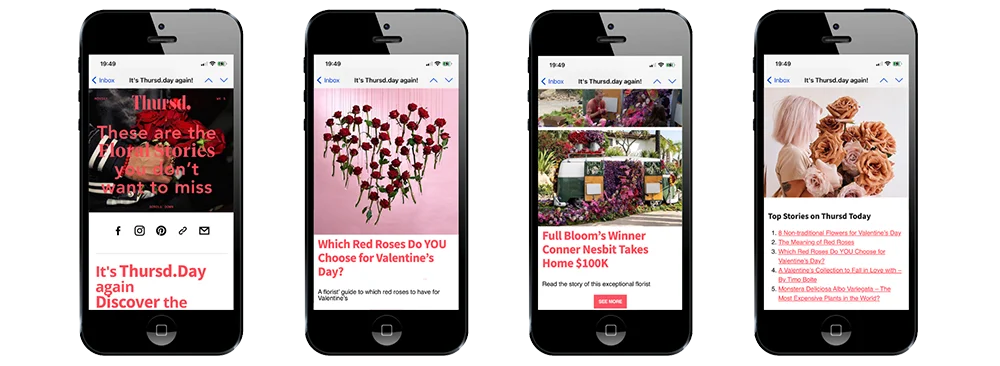Today, let’s talk strictly business because there’s one thing that all florists need to be more aware of: fraud and online security threats are on the rise. Just because you’re a small business does not mean you’re immune; in fact, you’re the easiest target (sorry to be so blunt!).
Recent data shows that half of small businesses face cyberattacks, and many collapse under the cost. Morgan Wright, senior fellow at the Center for Digital Government, says one in two U.S. small businesses comes under attack, which is up from one in five just a few years ago. Worse than this is the fact that the businesses hit spend around $500,000 on legal, technical, and insurance recovery, so half don’t survive.
Okay, enough gloom and doom, because there’s plenty you can do to safeguard your digital channels that are essential to your livelihood. Here are the most important tips for staying safe and secure online.

1. Encrypt That Connection Even on the Road
If you check orders from cafés or Wi-Fi at delivery stops, know that your credentials, customer data, and card info can all leak easily. Why? Because these are not secure connections. Think of it like mailing a postcard: unless you put it in an envelope, anyone handling it along the way can read what’s written.
And an envelope, in this case, is a VPN, since it creates a secure, encrypted “tunnel” between your device and a server run by the VPN provider. This way, strangers on public Wi-Fi can’t snoop, mimic, or hijack sessions.
Also, always ensure your site uses HTTPS with updated SSL/TLS certificates. That protects checkout pages, forms, and passwords in transit.

2. Lock Down E-Commerce and POS Data
People place orders, pay, and enter card details on your site; that's all nice and good if the zone is secure. If it's not, it's a danger zone.
So, the first thing to do is choose PCI-DSS compliant payment processors with strong fraud-detection features. But also:
- Monitor unusual transactions;
- Keep chargebacks and payment disputes in check.
- Use tools that filter suspicious billing addresses or unusually frequent orders (some AI-powered systems adapt in real-time);
- Isolate payment systems from other infrastructure so a breach in marketing servers doesn’t grant access to transaction data.
Remember, global online merchants lose billions annually to fraud, so you can't be too careful here.
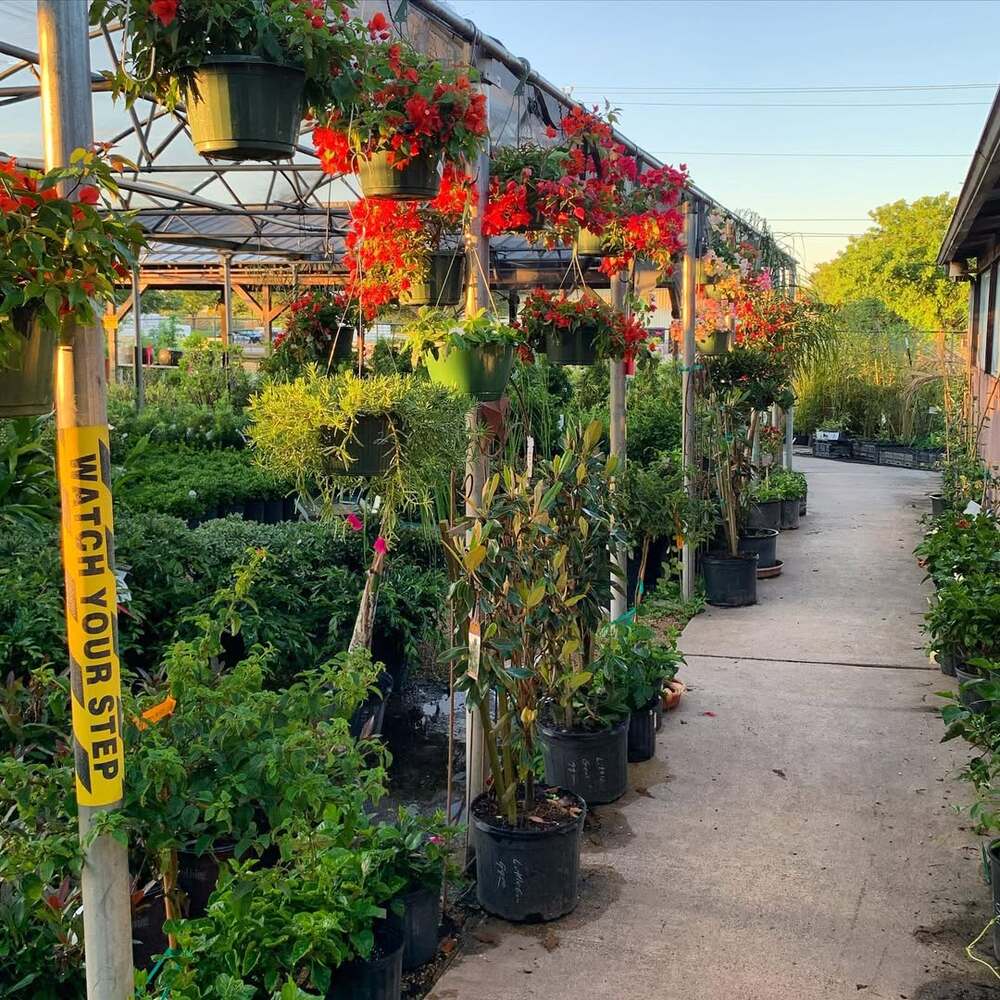
3. Spot Supplier Phishing and Fake Invoices
You deal with growers, packaging suppliers, and delivery partners. If someone emails a “new invoice” with changed bank info, it’s too easy to pay into the wrong account.
It's also good to know that Business Email Compromise (BEC) is smarter, often AI-generated, and impersonates trusted vendors. Even smaller organizations face a 70 % weekly risk. One-third of BEC incidents rely on gift-card angles or fake invoice schemes.
So, to protect yourself:
- Call vendors using the contact info you already have on file. Never trust info in a suspicious email.
- Keep a “verified vendor” list and process any additions through proper channels.
- Employ internal checks: two-person review for payment approvals, confirmation via voice, and no urgency demands.

4. Fortify Social Accounts With MFA & Role-Based Access
Your Instagram, Facebook, and TikTok feeds the sales pipeline, so they, too, need to be protected. What happens if, in an unfortunate event, an attacker hijacks your Instagram, Facebook, or TikTok account? They can post fake promos, hijack DMs for scams, and simply burn trust with your audience.
What helps is securing every social account with Multi-Factor Authentication (MFA). Wherever possible, use app-based or hardware tokens rather than SMS. Additionally, assign roles: only trusted team members or marketing contractors should get admin access. And when someone stops working with you, remove their access promptly.
Also, consider a password manager to ensure complex, unique passwords. That reduces the chance someone reuses a login and lets attackers pivot between platforms.

5. Use VPN Strategically (Beyond Wi-Fi)
Use a trusted VPN like VPN Pro but not only on public networks. Keep that VPN pattern consistent for remote site administration or while monitoring your backend. This will ensure all business traffic, even email and ERP tools, stays encrypted, especially valuable during shows, pop-up markets, or when working from unfamiliar networks.
Set your firewall to accept admin logins only from known VPN IP addresses. That adds another layer, so even if credentials leak, attackers can’t reach your dashboard without VPN access.
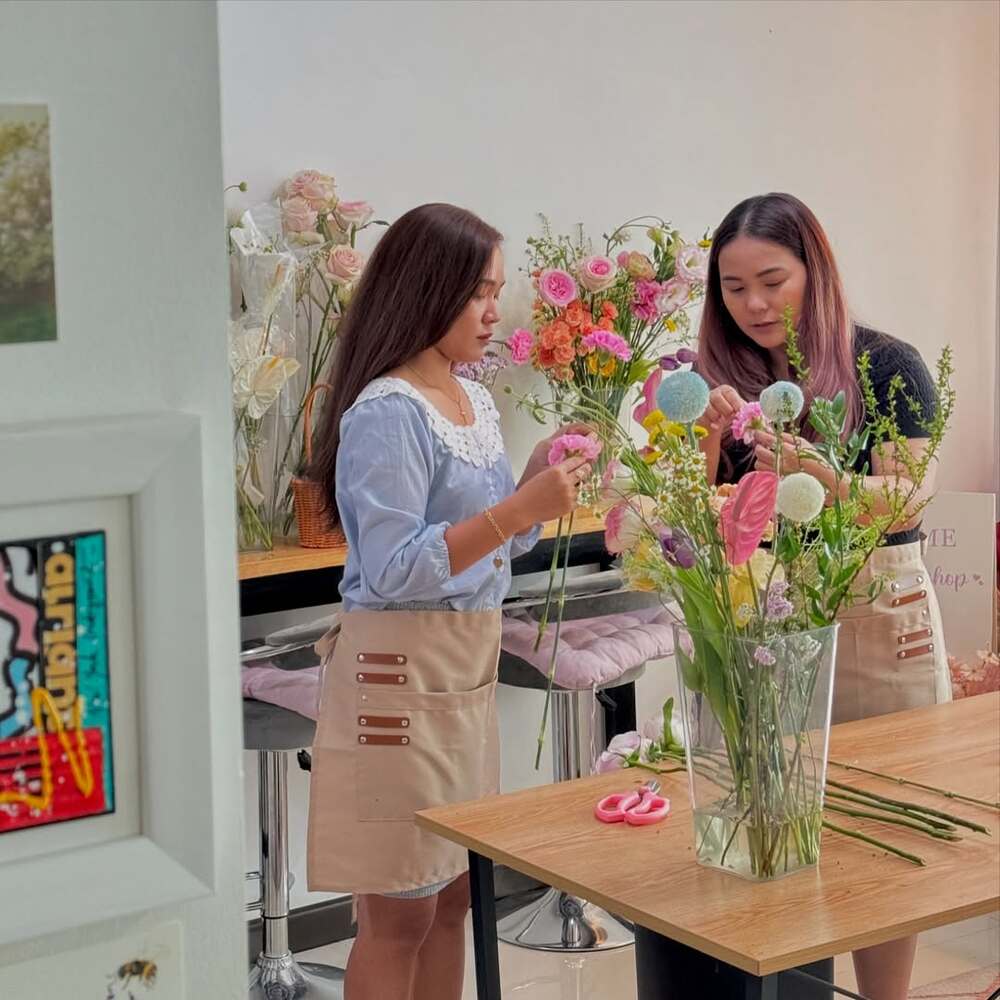
6. Watch for Deepfakes and AI-Enhanced Threats
It's scary times, y'all: fraudsters now use AI tools to clone websites, impersonate staff, or launch convincing deepfake calls and videos. In fact, GenAI-enabled scams have quadrupled in just a year.
What can you do? For one, train your team to verify changes through known channels—hang up and call back. And if someone sends a voice or video message with an urgent tone or change requests, pause and validate. In short, encourage healthy skepticism.

7. Build Resilience: Backups, Insurance, Training
Even if you avoid threats, it makes sense to plan for the worst: ransomware, data destruction, or phishing losses. Because they can happen even if you do "everything right." So:
- Regularly back up your systems and keep copies both offsite and cloud-based.
- Apply updates and patches promptly;
- Consider cyber insurance to cover recovery costs, especially for legal and technical help.
Likewise, train your staff (or yourself) continuously. Add phishing simulation drills and make sure everyone knows to escalate odd messages immediately.
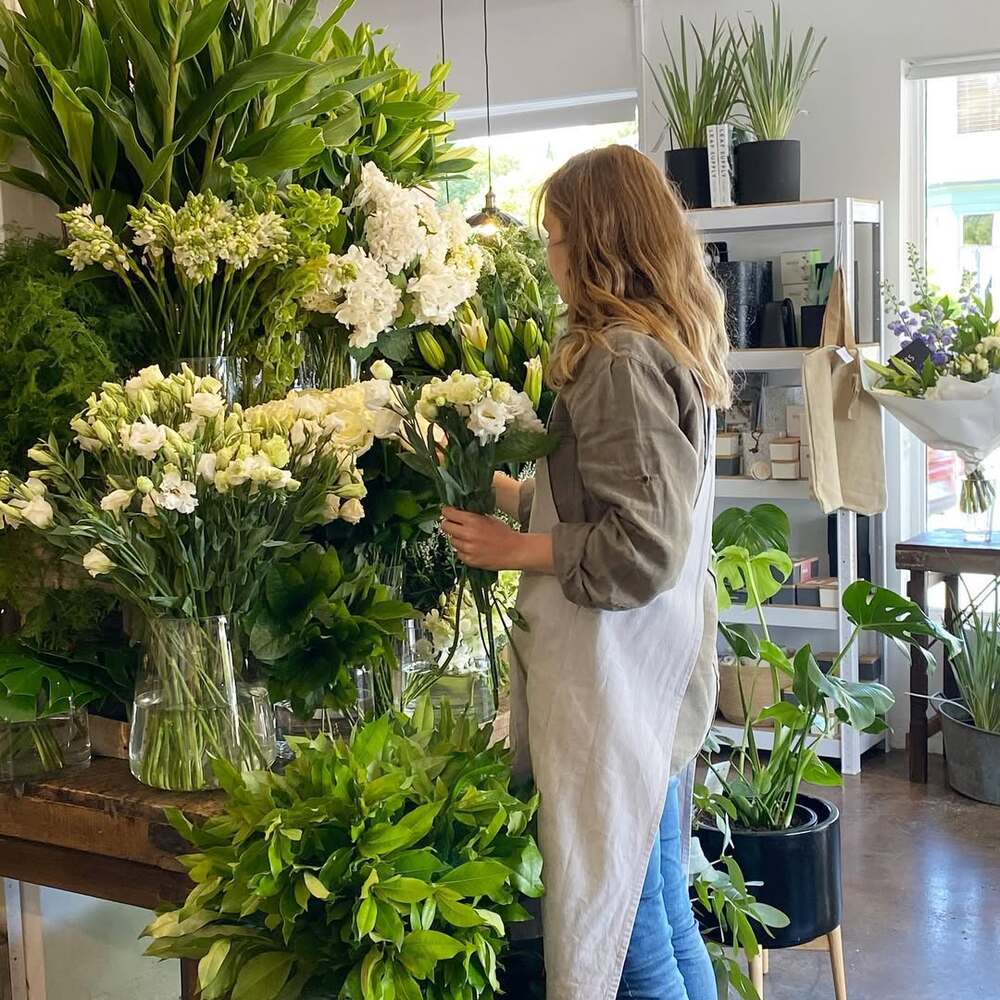
8. Apply AI Wisely to Detect Fraud
You don’t need enterprise tools, but tools that use AI or machine learning can help even on smaller budgets.
ML-driven fraud detection systems adapt quickly and flag anomalies in real-time, reducing false positives and catching evolving threats that rule-based systems miss.
Some services offer transaction scoring, shipping flagging, or admin login alerts. Invest in adaptive tools; if they’re affordable for your size, they’re worth it.

9. Lean On Industry Examples
Finally, take a page from big names. Retailers like Stripe highlight that B2C businesses face increased manual review loads. The fraud detection market is expected to more than double through 2027, surpassing $100 billion.
Even Mastercard reports 20 % of businesses faced deepfake scams over the past year in Australia, with losses sometimes in the tens of millions. That shows even well-known brands get hit, so you need practical, proactive defense.
So, to sum up: Keep your connections encrypted (VPN included). Guard your payments. Verify every supplier's email. Lock social access and assign roles. Stay alert to AI-enhanced fraud. Backup, ensure, and keep learning. Blend human judgment with smart detection tools. Use VPN for secure access on the go.
You’re not just a florist or grower; today, you also need to be a guardian of trust in a fragile digital garden.

